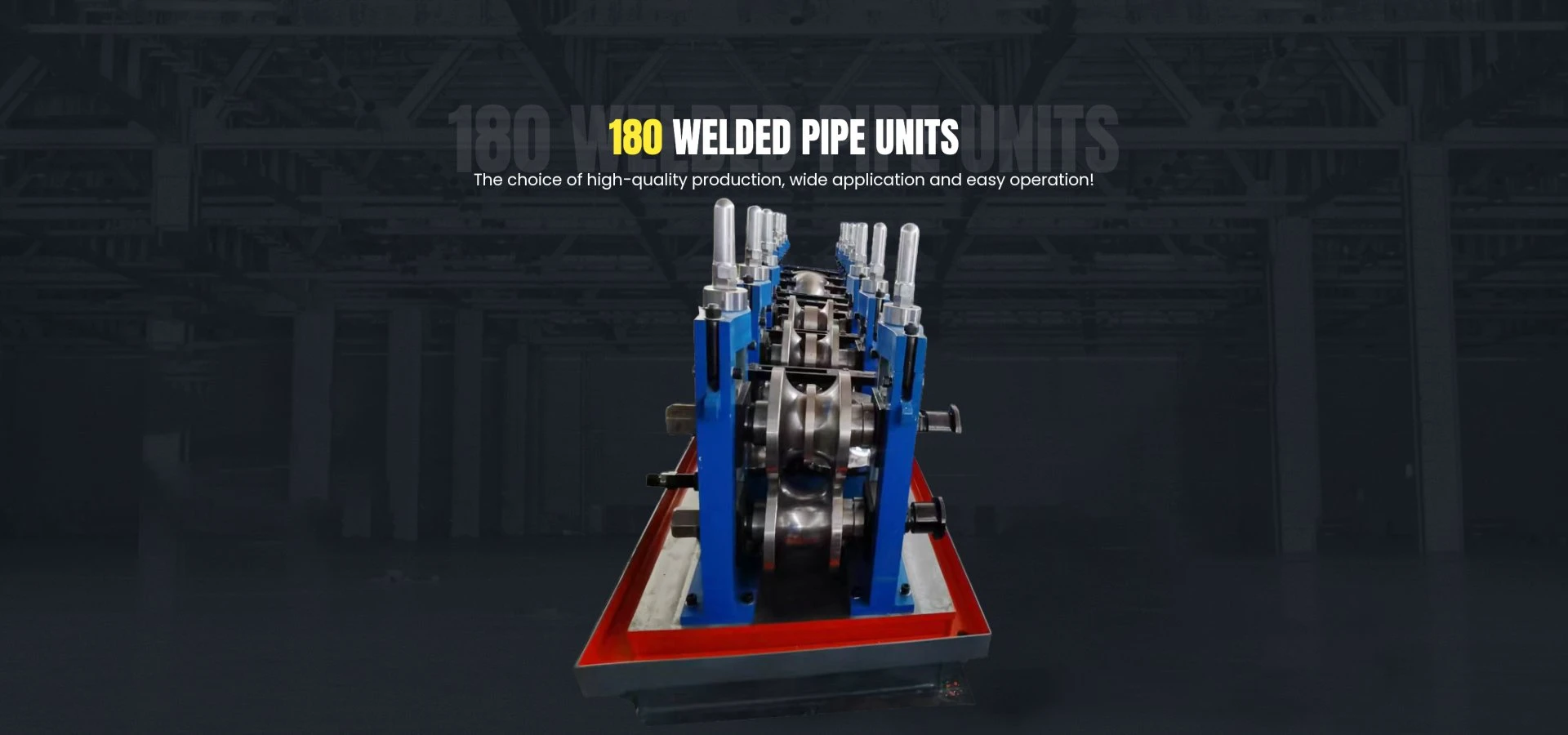Another important consideration in the operation of sheet metal straightening machines is the material being processed. Different metals have varying properties, such as tensile strength and ductility, which can affect the straightening process. Therefore, operators must have an in-depth understanding of these properties and adjust their techniques accordingly to avoid damaging the sheets. By mastering these variables, manufacturers can optimize their straightening operations and achieve high-quality results.
The roll forming process begins with unwinding a metal coil, which is then fed into the forming section of the machine. As the strip moves through the series of rollers, it undergoes deformation, gradually taking on the desired shape. Advanced roll forming machines may incorporate additional features, such as hydraulic systems for managing pressure and ensuring smooth operation. Once the profiling is complete, the formed strip is usually cut to length using automated shears, resulting in a finished product ready for shipment or further processing.
